High-purity silicon carbide quartz glass cutting material sandblasting consumables black silicon carbide
| Physical properties of black silicon carbide | |
| Moh’s hardness | 9.15 |
| melting point | 2250℃ |
| Maximum operating temperature | 1900℃ |
| true density | 3.2-3.4g/cm³ |
| Microhardness | 2840-3320kg/ m² |
| Black silicon carbide chemical composition | |
| SiC | ≥98% |
| F.C | ≤0.30% |
| H2O3 | ≤1% |
| SIO2 | ≤1% |
| Fe2O3 | ≤0.30% |
| Magnetic substance content | ≤0.02 |
| model Black silicon carbide grain size sand 8# 12# 14# 16# 20# 22# 24# 30# 36# 40# 46# 54# 60# 70# 80# 90# 100# 120# 150# 180# 220# Black silicon carbide powder W mark w63 w50 w40 w28 w20 w14 w10 w7 w5 w3.5 w2.5 w1.5 w0.5 National standard F230 F240 F280 F320 F360 F400 F500 F600 F800 F1000 F1200 F1500 F2000 Day standard 240# 280# 320# 360# 400# 500# 600# 700# 800# 1000# 1200# 1500# 2000# 2500# 3000# 4000# 6000# 8000 # | |
| Uses of black silicon carbide: Black silicon carbide is made of quartz sand,Petroleum coke and high-quality silica are the main raw materials,It is smelted at high temperature by resistance furnace. Its hardness is between corundum and diamond,The mechanical strength is higher than corundum,Sexual brittle and sharp. Green silicon carbide is based on petroleum coke and high-quality silica as the main raw materials,Salt is added as an additive and smelted at high temperature by a resistance furnace. Its hardness is between corundum and diamond,The mechanical strength is higher than corundum. So what are the main uses of silicon carbide? 1Abrasive–Mainly because silicon carbide has high hardness, chemical stability and certain toughness, so silicon carbide can be used in the manufacture of consolidation abrasives, coated abrasives and free grinding, so as to process glass, ceramics, stone, cast iron and some non-ferrous metals, cemented carbide, titanium alloys, high-speed steel tools and grinding wheels. 2, refractory materials and corrosion-resistant materials—Mainly because silicon carbide has a high melting point(Decomposition), chemical inertness and thermal vibration resistance, so silicon carbide can be used in abrasives, ceramic products firing kiln used in the shed and box, zinc smelting industry vertical cylinder distillation furnace silicon carbide bricks, aluminum electrolytic cell lining, crucibles, small furnace materials and other silicon carbide ceramic products. 3. Chemical use – because silicon carbide can be decomposed in molten steel and react with ionized oxygen and metal oxides in molten steel to form carbon monoxide and silicon-containing slag. Therefore, it can be used as a purifying agent for smelting iron and steel, that is, as a deoxidizer for steelmaking and a modifier for cast iron structure. This generally uses low-purity silicon carbide to keep costs down. At the same time, it can also be used as a raw material for the manufacture of silicon tetrachloride. 4. Electrical purposes – used as heating elements, non-linear resistance elements and high semiconductor materials. Heating elements such as silicon carbide rods ( suitable for various electric furnaces working at 1100-1500 ℃ ) , non-linear resistance elements, and various lightning protection valves. 5. Others are formulated into far-infrared radiation coatings or made into silicon carbide silicon plates in a far-infrared radiation dryer. | |

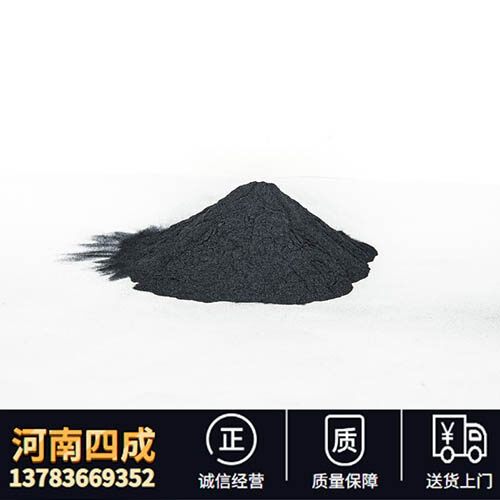
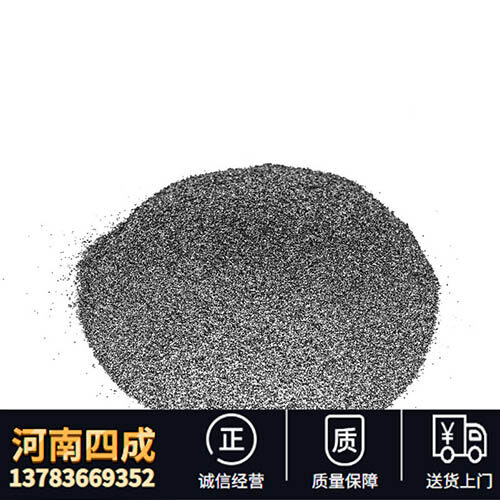
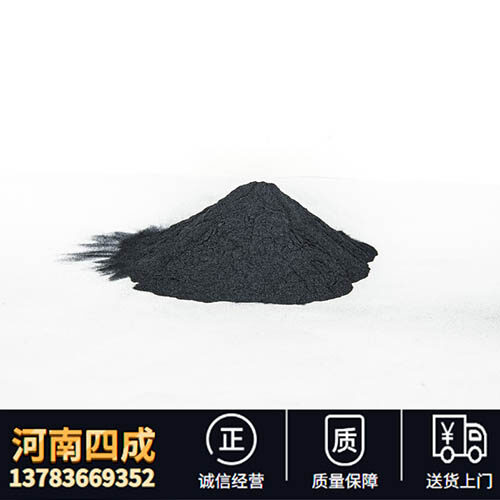
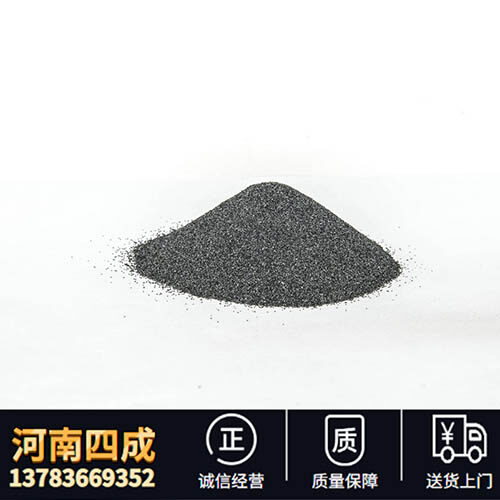
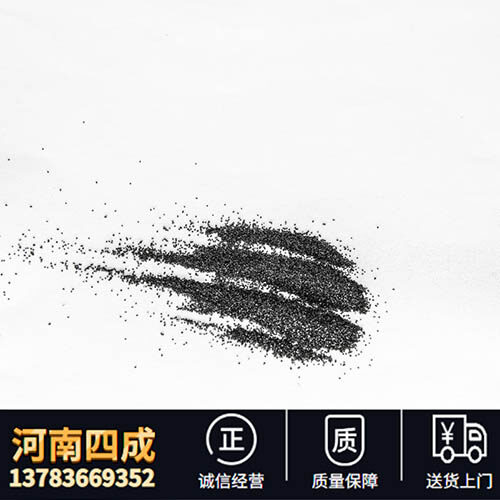
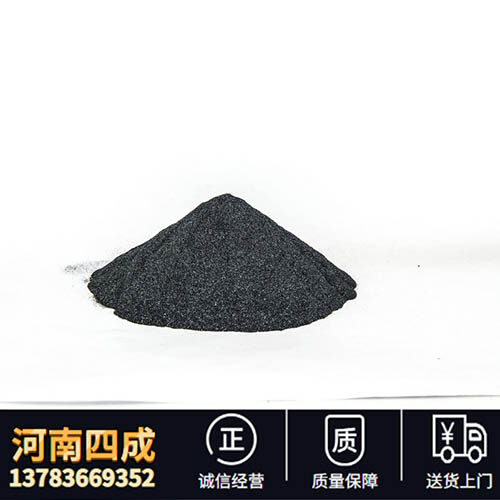
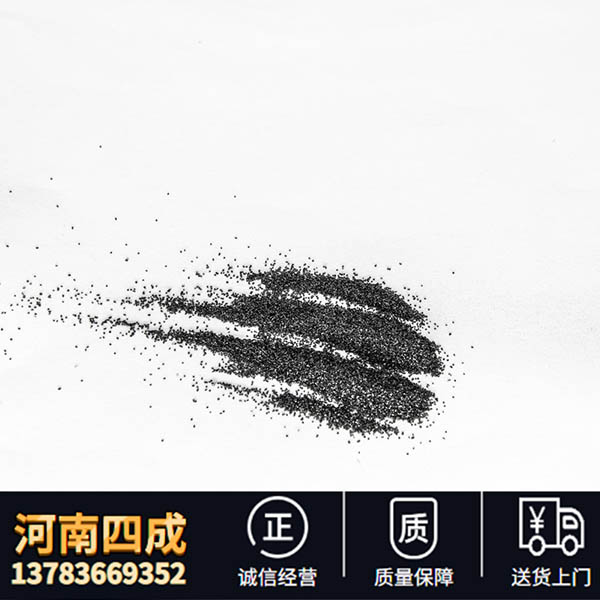
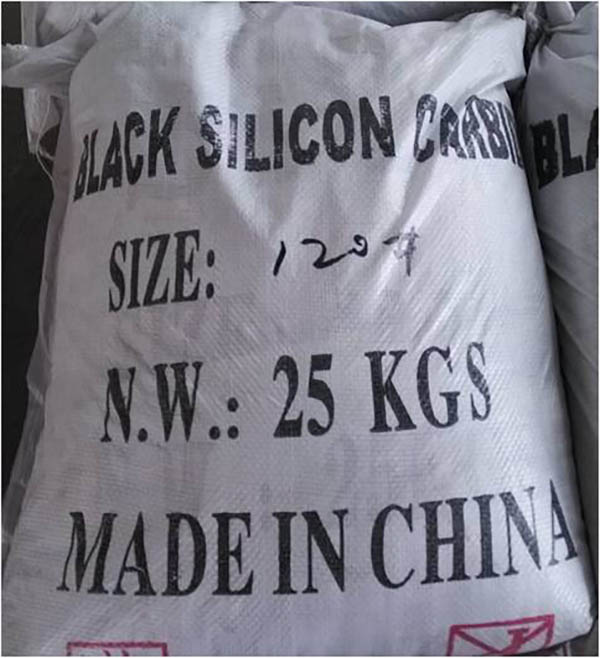
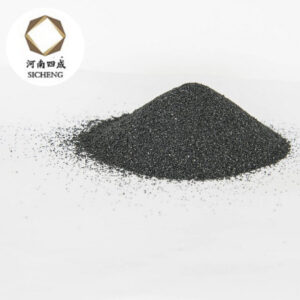
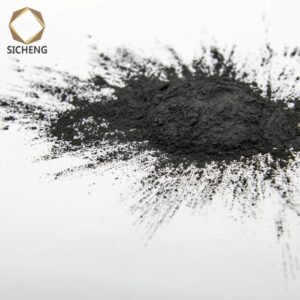
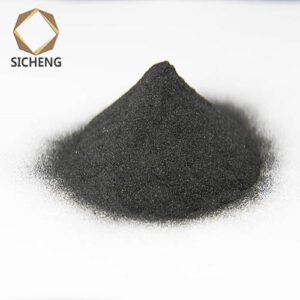

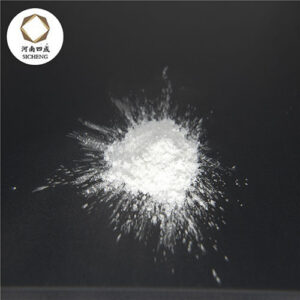
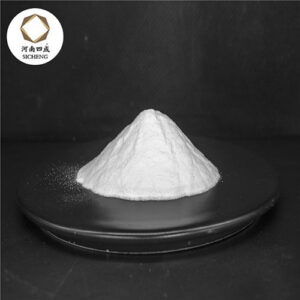
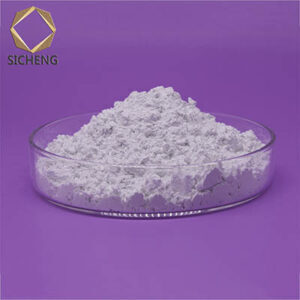
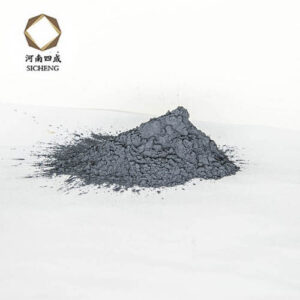
Reviews
There are no reviews yet.